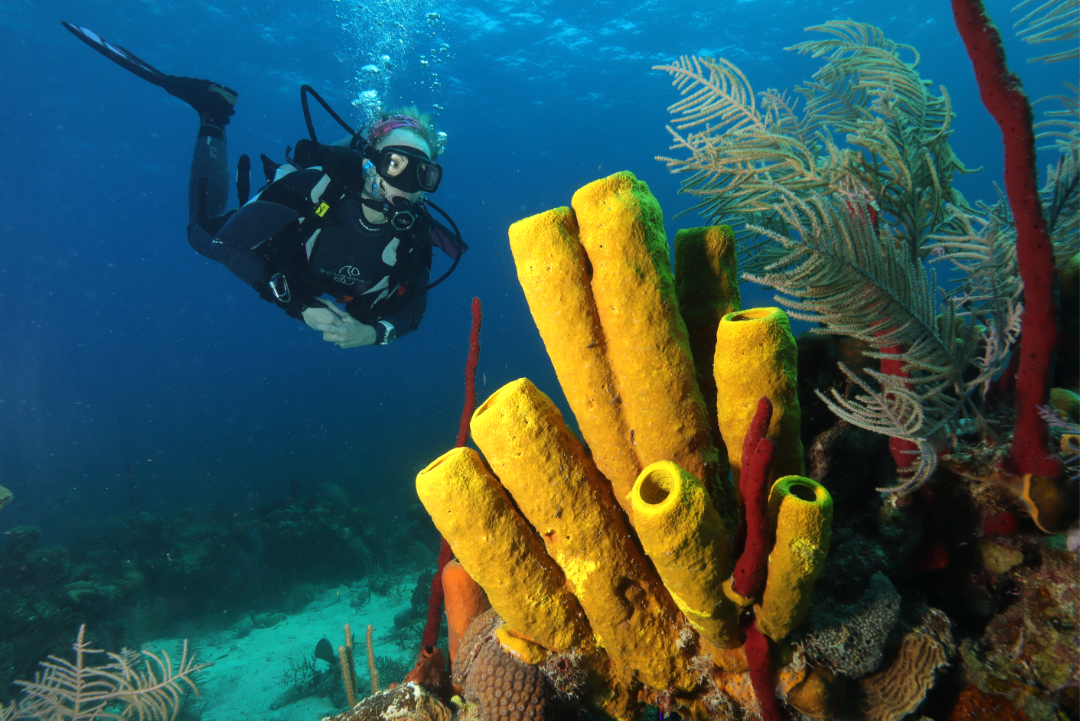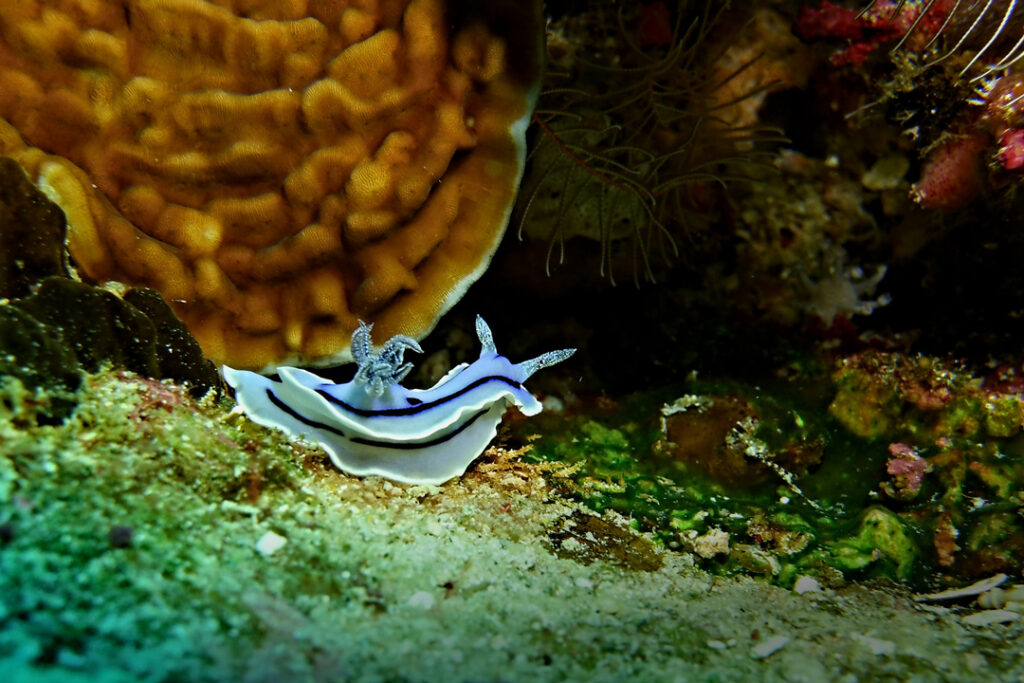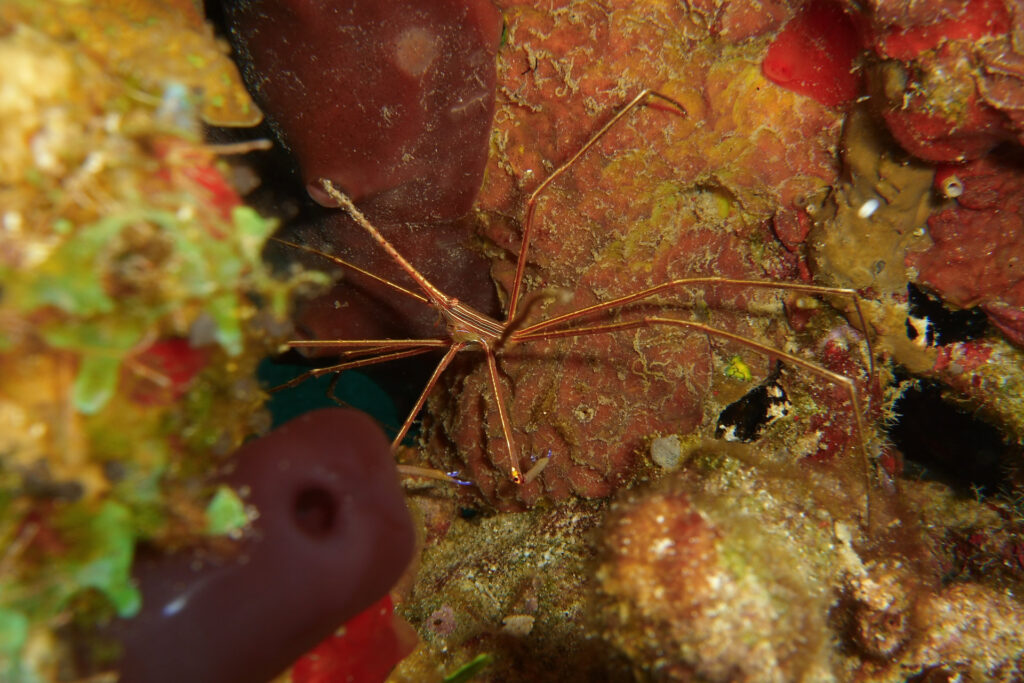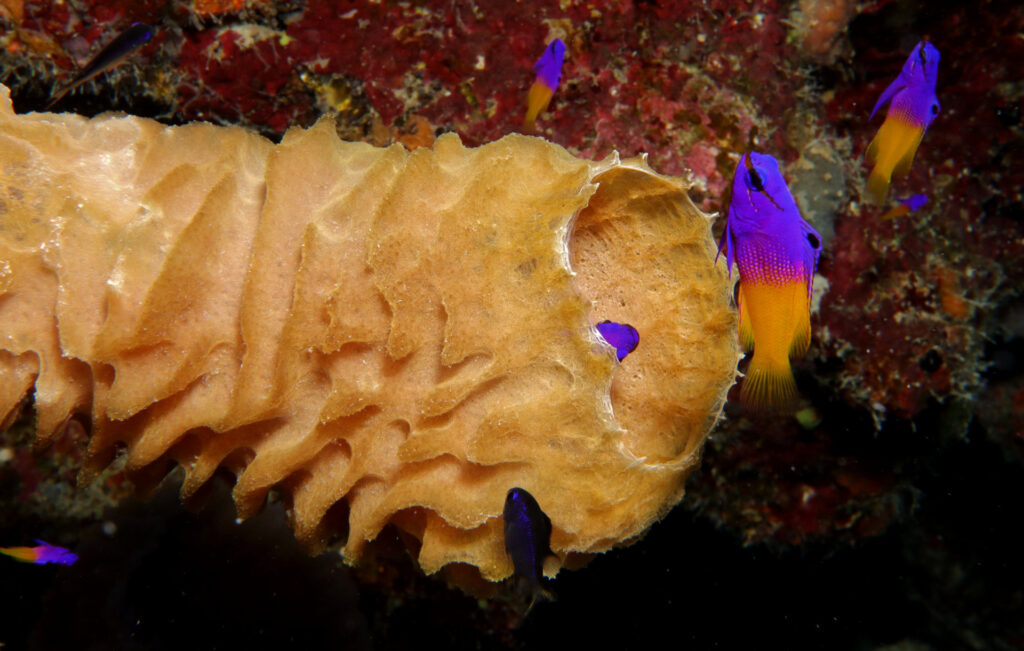“If your pictures aren’t good enough, you’re not close enough.” – Robert Capa
Those are brave words coming from a man who Wikipedia says has been called the greatest combat and adventure photographer of all time. He survived covering five wars, getting as close to the action as possible. In fact, he was the only civilian photographer to land on Omaha Beach on D-Day. That takes the phrase “close to the action” to a whole new level. I’ll take a shark over a sniper any day.
I have two go-to lenses to get me close to the subject underwater – a 28mm macro for the tiny stuff, and to fill the frame with small to mid-sized creatures, and an 11-22mm wide angle for the big stuff.
The 11-22 is for Close Focus Wide Angle, which is pretty much self explanatory. When shooting underwater, your biggest enemy is the water itself. Even the clearest water. Water is essentially another lens, and even clear water is a poor replacement for glass. Every foot of water, and in fact every inch of water, conspires to rob you of tack-sharp focus and also floats plankton and other suspended particles between your lens and your subject. Those particles can show up in your images as specks or backscatter from a flash. The small white dots in the blue water of this shot are backscatter.
So, when your goal is to have as little water in front of you a possible, wide angle or super wide angle is your friend. When I shoot pics like this one of Colette admiring some beautiful sponges, my lens is no more than a couple of feet from the foreground subject, and I’m usually as close as the lens can focus, which in the UW housing is roughly a foot away.
This allows for two things. The first, of course, is that there’s less water to distort focus or float debris into the shot, and the second is that it makes sure the light from my strobe can reach and light the subject. Because, another thing water does is it soaks up light like a – well, like a sponge. Even a powerful strobe can only reach a few feet underwater, so the closer the better.
By using manual camera settings to exposure for Colette with ambient light, I can then light the sponges with the strobe. My strobe has TTL automation, which means that when the camera sees that the sponges are properly exposed, the strobe shuts down and the manual camera settings finish their work to expose Colette properly. That’s assuming, of course, that I have the proper exposure settings for Colette, and that I’m close enough to the sponges for the strobe. In this case, it looks like the strobe actually lit Colette’s face in addition to the sponges, which is great.
The nice thing about digital photography is I can quickly check the image on the screen and make an adjustment if needed before moving on in search of the next shot. “Back in the Day”, when we were shooting film, you didn’t know if you got the shot until you were home from the trip and waited for the lab to do its work. So, you either had faith in your skills, or you fired off a second shot with different settings. But, when you’re limited to only the 36 shots on a roll of film, you had to carefully decide if it was worth burning another frame.
This image was shot on a reef off the coast of Belize. Colette knows the kinds of shots I’m looking for. So, I just have to signal for her to swim towards my foreground target, and she glides in smoothly for the shot.
Camera: Canon M50
Lens: Canon EF-M11-22
Housing: Ikelite
Light: Ikelite DS 160 with dome diffuser + ambient




